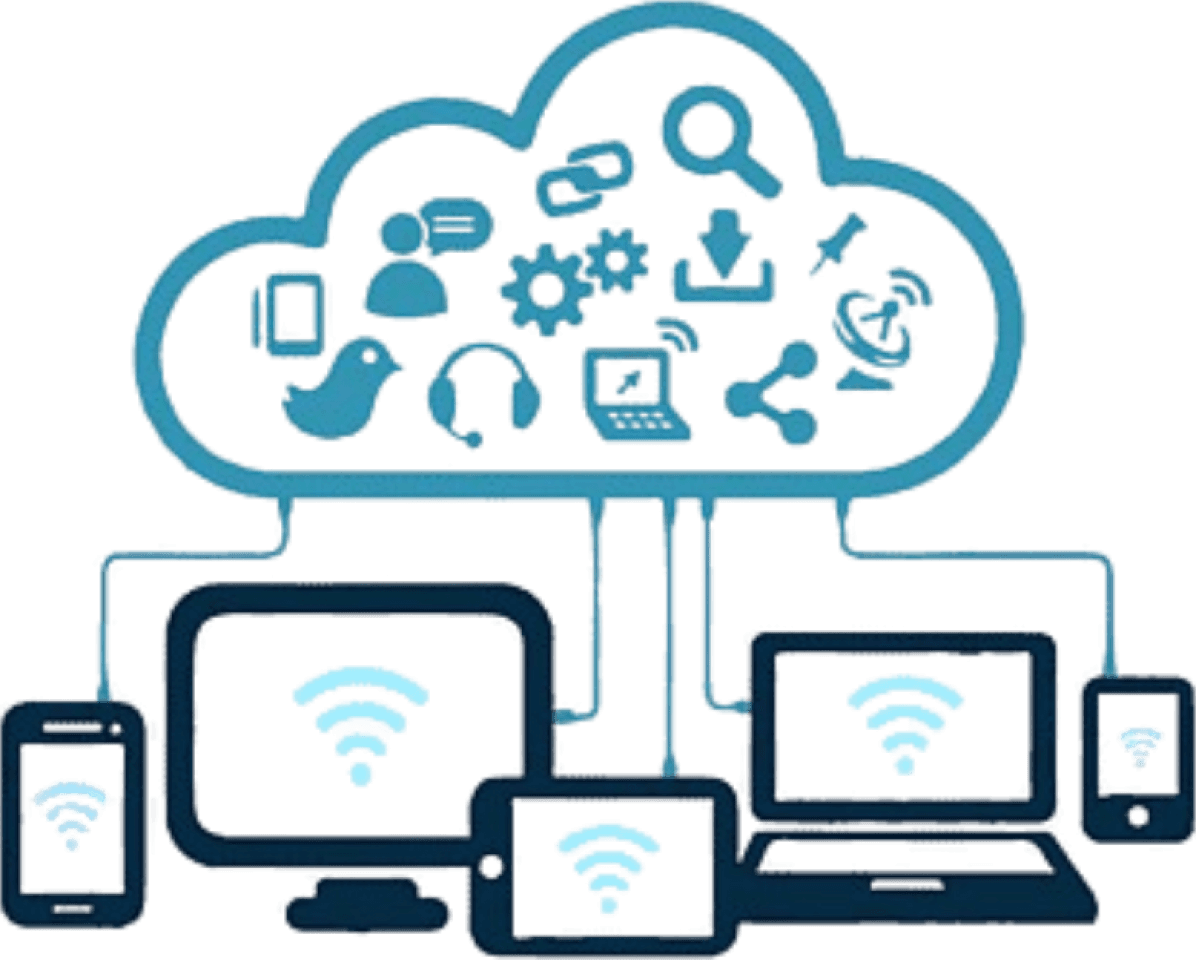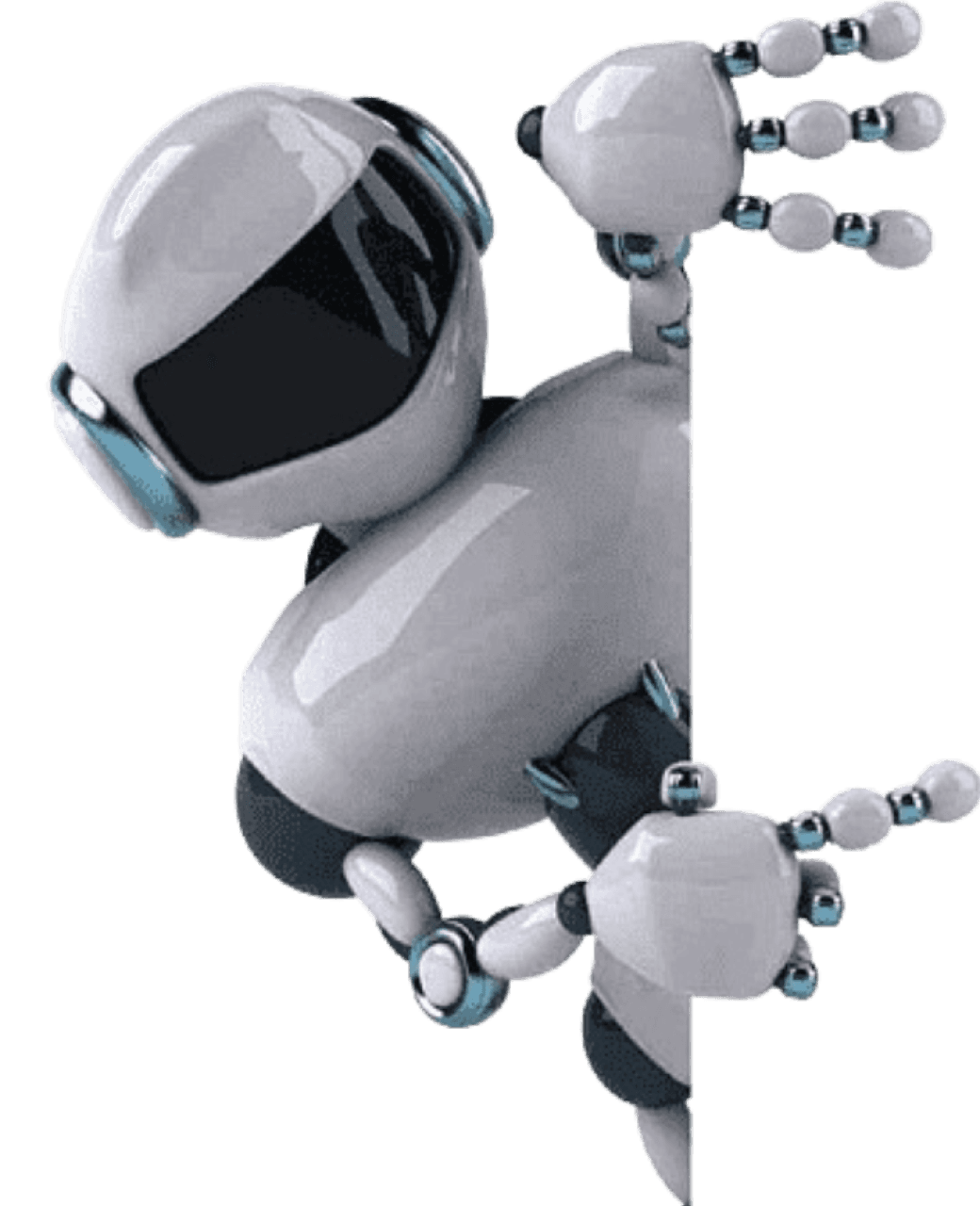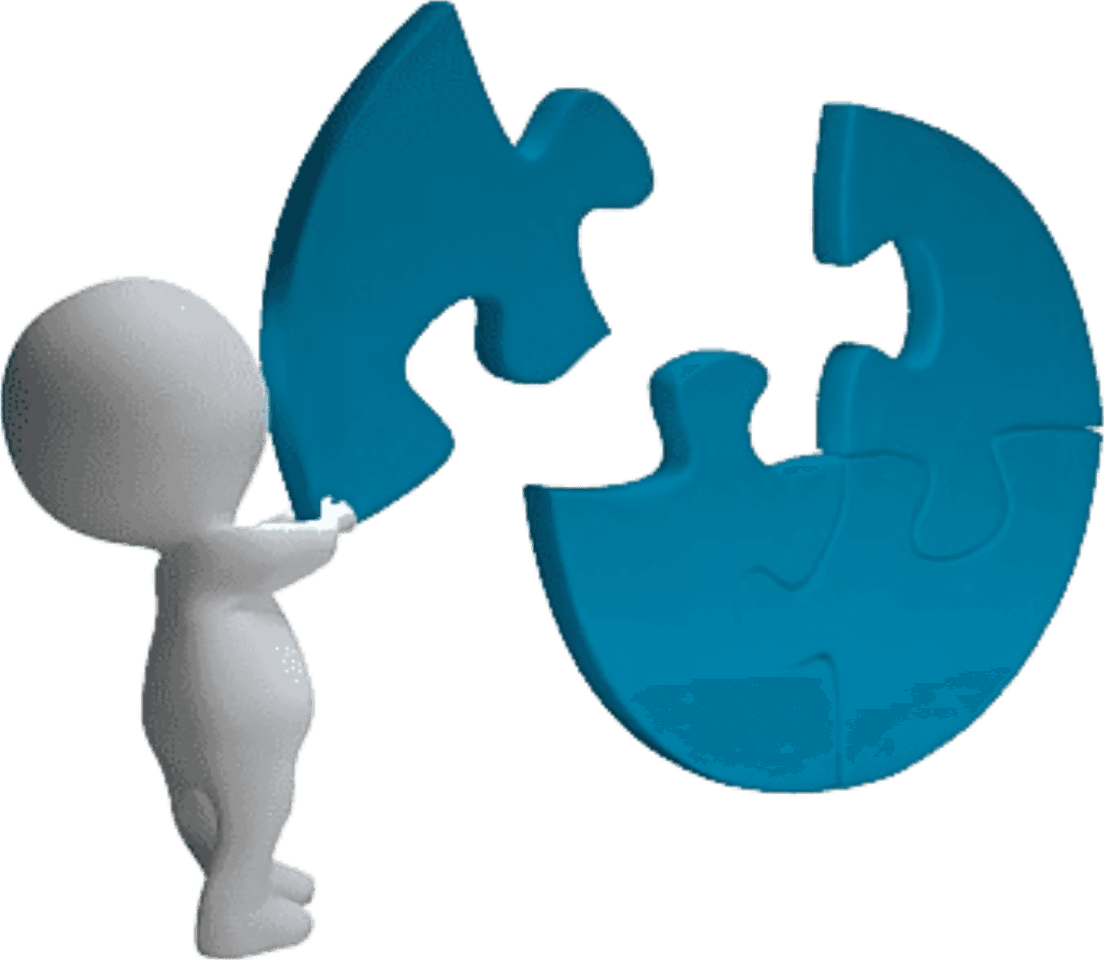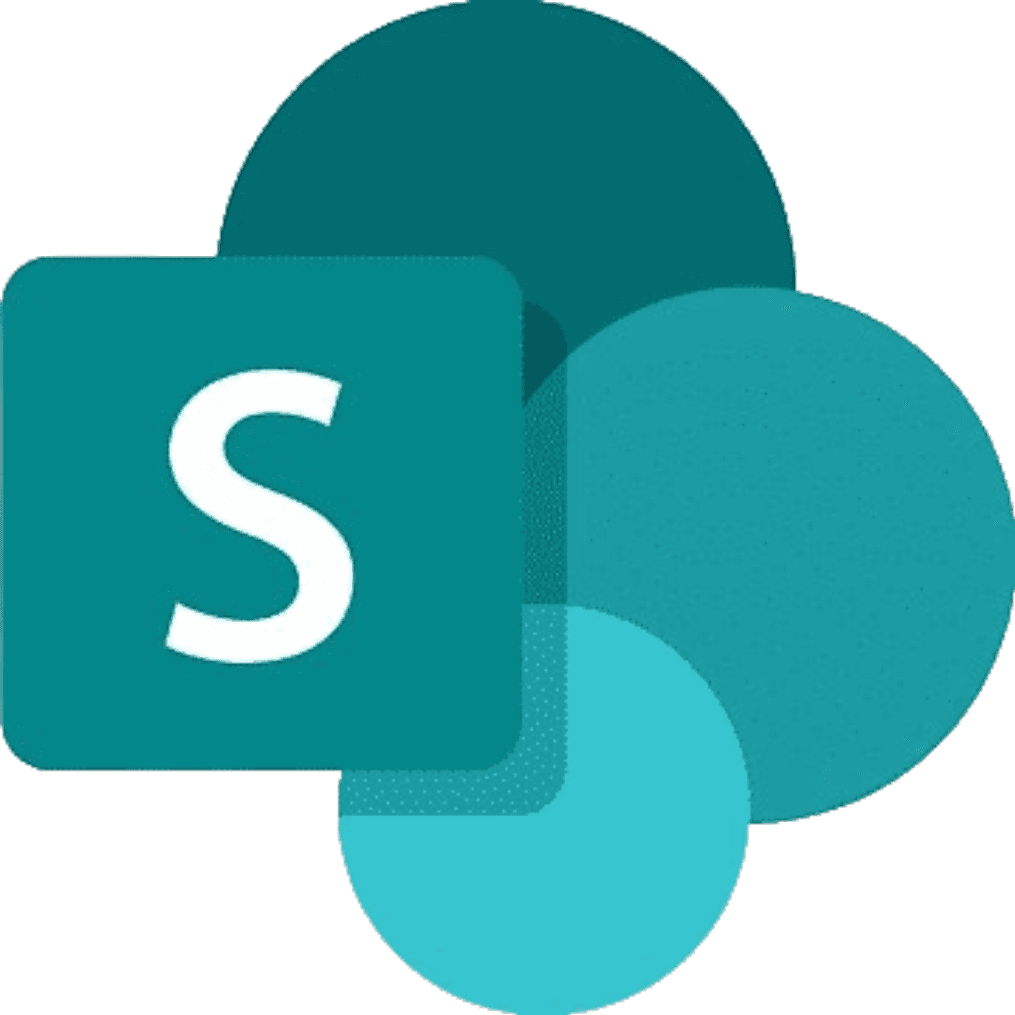Different Types of Agentic AI Systems that your Enterprise can Leverage
Different Types of Agentic AI Systems that your Enterprise can Leverage
Different Types of Agentic AI Systems that your Enterprise can Leverage
Different Types of Agentic AI Systems that your Enterprise can Leverage
Different Types of Agentic AI Systems that your Enterprise can Leverage
Different Types of Agentic AI Systems that your Enterprise can Leverage
Different Types of Agentic AI Systems that your Enterprise can Leverage
By Apratim Ghosh
By Apratim Ghosh
By Apratim Ghosh
Jan 20, 2025
Jan 20, 2025
Jan 20, 2025
Agentic AI
Agentic AI
Generative AI
Generative AI
AI agents
AI agents
Listen to this blog :
0:00/1:34
White paper
White paper
AI Based Gross to Net (G2N) Solution
AI Based Gross to Net (G2N) Solution
Valuable Asset For Agri Science Company
Valuable Asset For Agri Science Company





As generative AI moves to the next stage of transformation, agentic AI systems are gaining immense traction. According to Gartner, by 2028, 33% of enterprise software applications will include agentic AI, up from less than 1% in 2024, enabling 15% of day-to-day work decisions to be made autonomously.

Source: Gartner
Offering better reasoning and autonomous capabilities, agentic AI can interact with its environment, collect data, and use it to perform tasks independently – with no human assistance – while adjusting behavior in response to real-world conditions.
Understanding The Different Types of Agentic AI Systems
So, how does it work? AI agents follow a specific workflow when performing an assigned task. This begins by determining goals via specific instructions, planning tasks, acquiring information, and methodically implementing the task. In between task completions, the agent evaluates its performance by seeking external feedback or inspecting its logs.
However, various types of agentic AI systems can be used. Here are the top 8 agentic AI systems that you can leverage in 2025 and beyond:
Learning: Learning agents improve performance by learning from past experiences. They adapt to new situations and refine their decision-making based on feedback and data. In financial trading, for example, learning agents can gauge stock prices, predict where the market is headed, and recommend the best action based on current market conditions.
Utility-based: Utility-based agentic AI systems can tackle complex problems by weighing different options and picking the best one. They follow a careful process to determine what actions they can take and the impact of each action, and they choose the one most likely to give the best result. In energy management, for example, smart grids can use utility-based AI agents to analyze metrics like current usage, weather forecasts, and energy availability to balance supply with demand, optimize distribution, and minimize waste.
Conversational: Conversational AI agents are commonly adopted in customer service, offering immediate assistance to customer issues and queries. They understand questions and provide the required information for seamless, intelligent interactions by utilizing natural language processing and machine learning algorithms.
Reflex: Simple reflex AI agents operate strictly based on predefined rules and the data they are fed. They respond to immediate environmental cues without any internal memory of past events and are popularly used for simple tasks that do not require extensive training. In a corporate setting, thermostats with reflex agents can turn on or off the air conditioner when the current temperature (or occupancy) exceeds or falls below a certain threshold.
Goal-based: Goal-based agentic AI systems offer robust reasoning capabilities beyond evaluating environmental data. Driven by specific objectives, they compare different approaches to determine the best course of action. Fitness apps commonly use goal-based agents to set health goals, suggest the best workouts, offer nutrition tips, and build progress reports based on goals.
Hierarchical: Hierarchical AI agents are a group of intelligent agents arranged in tiers. Higher-level agents deconstruct complex tasks and assign them to lower-level agents. Each lower-level agent submits a progress report to the higher-level agent, which then collects the results and coordinates actions to achieve goals. On the shop floor, for example, hierarchical AI agents can pick up heavy items from racks and pass them onto smaller robots that transport them to the packing station.
Model-based: Model-based agentic AI systems gather information, maintain internal models of the environment, and use past predictions to make more informed, adaptive, and dynamic decisions. Model-based AI agents can easily handle healthcare complexity in the medical field. Based on the current healthcare condition, they can prescribe treatment options while also predicting and adapting to any change in vitals based on the medication.
Multi-agent: A multi-agent system comprises several AI agents that work collectively to perform tasks. While each agent has individual properties, all agents work together to achieve a common goal. In the supply chain, multi-agent systems can collect and share information from various stakeholders, coordinate actions, and make decisions to optimize multiple aspects of the supply chain, such as inventory management, demand forecasting, and production scheduling.
Unleash the Future of Business Automation
Agentic AI systems present a paradigm shift from generative AI models. They act autonomously without depending on human prompts. These goal-driven software entities comprehend the environment around them, create a plan to complete tasks and produce dynamic outputs.
Although these systems are still nascent, they offer several promises for improved productivity and automation. By empowering humans to manage complicated tasks more efficiently, agentic AI systems can improve problem-solving, tackle complex challenges, and adjust strategies based on new information or changing environments. However, the key to utilizing agentic AI's full value lies in balancing autonomy and human oversight.
Are you looking to make the most of this next AI breakthrough? Learn how InovarTech can help you build an AI agent of your choice that can autonomously make decisions, plan actions, and learn from experiences.
As generative AI moves to the next stage of transformation, agentic AI systems are gaining immense traction. According to Gartner, by 2028, 33% of enterprise software applications will include agentic AI, up from less than 1% in 2024, enabling 15% of day-to-day work decisions to be made autonomously.

Source: Gartner
Offering better reasoning and autonomous capabilities, agentic AI can interact with its environment, collect data, and use it to perform tasks independently – with no human assistance – while adjusting behavior in response to real-world conditions.
Understanding The Different Types of Agentic AI Systems
So, how does it work? AI agents follow a specific workflow when performing an assigned task. This begins by determining goals via specific instructions, planning tasks, acquiring information, and methodically implementing the task. In between task completions, the agent evaluates its performance by seeking external feedback or inspecting its logs.
However, various types of agentic AI systems can be used. Here are the top 8 agentic AI systems that you can leverage in 2025 and beyond:
Learning: Learning agents improve performance by learning from past experiences. They adapt to new situations and refine their decision-making based on feedback and data. In financial trading, for example, learning agents can gauge stock prices, predict where the market is headed, and recommend the best action based on current market conditions.
Utility-based: Utility-based agentic AI systems can tackle complex problems by weighing different options and picking the best one. They follow a careful process to determine what actions they can take and the impact of each action, and they choose the one most likely to give the best result. In energy management, for example, smart grids can use utility-based AI agents to analyze metrics like current usage, weather forecasts, and energy availability to balance supply with demand, optimize distribution, and minimize waste.
Conversational: Conversational AI agents are commonly adopted in customer service, offering immediate assistance to customer issues and queries. They understand questions and provide the required information for seamless, intelligent interactions by utilizing natural language processing and machine learning algorithms.
Reflex: Simple reflex AI agents operate strictly based on predefined rules and the data they are fed. They respond to immediate environmental cues without any internal memory of past events and are popularly used for simple tasks that do not require extensive training. In a corporate setting, thermostats with reflex agents can turn on or off the air conditioner when the current temperature (or occupancy) exceeds or falls below a certain threshold.
Goal-based: Goal-based agentic AI systems offer robust reasoning capabilities beyond evaluating environmental data. Driven by specific objectives, they compare different approaches to determine the best course of action. Fitness apps commonly use goal-based agents to set health goals, suggest the best workouts, offer nutrition tips, and build progress reports based on goals.
Hierarchical: Hierarchical AI agents are a group of intelligent agents arranged in tiers. Higher-level agents deconstruct complex tasks and assign them to lower-level agents. Each lower-level agent submits a progress report to the higher-level agent, which then collects the results and coordinates actions to achieve goals. On the shop floor, for example, hierarchical AI agents can pick up heavy items from racks and pass them onto smaller robots that transport them to the packing station.
Model-based: Model-based agentic AI systems gather information, maintain internal models of the environment, and use past predictions to make more informed, adaptive, and dynamic decisions. Model-based AI agents can easily handle healthcare complexity in the medical field. Based on the current healthcare condition, they can prescribe treatment options while also predicting and adapting to any change in vitals based on the medication.
Multi-agent: A multi-agent system comprises several AI agents that work collectively to perform tasks. While each agent has individual properties, all agents work together to achieve a common goal. In the supply chain, multi-agent systems can collect and share information from various stakeholders, coordinate actions, and make decisions to optimize multiple aspects of the supply chain, such as inventory management, demand forecasting, and production scheduling.
Unleash the Future of Business Automation
Agentic AI systems present a paradigm shift from generative AI models. They act autonomously without depending on human prompts. These goal-driven software entities comprehend the environment around them, create a plan to complete tasks and produce dynamic outputs.
Although these systems are still nascent, they offer several promises for improved productivity and automation. By empowering humans to manage complicated tasks more efficiently, agentic AI systems can improve problem-solving, tackle complex challenges, and adjust strategies based on new information or changing environments. However, the key to utilizing agentic AI's full value lies in balancing autonomy and human oversight.
Are you looking to make the most of this next AI breakthrough? Learn how InovarTech can help you build an AI agent of your choice that can autonomously make decisions, plan actions, and learn from experiences.
Get in Touch
Get in Touch
Related Blogs
Related Blogs
Related Blogs
Related Blogs





Join our Newsletter 👇,
Join our Newsletter 👇,
Join our Newsletter 👇,
Join our Newsletter 👇,
Want the latest technology updates & business trends in your inbox? Subscribe to our newsletter and experience reading really interesting and informative.
Want the latest technology updates & business trends in your inbox? Subscribe to our newsletter and experience reading really interesting and informative.
Your email address
Sign me up
Explore more topics
Ready to brush up on something new? We've got more to read right this way.
Explore more topics
Ready to brush up on something new? We've got more to read right this way.
Explore more topics
Ready to brush up on something new? We've got more to read right this way.
Explore more topics
Ready to brush up on something new? We've got more to read right this way.
Explore more topics
Ready to brush up on something new? We've got more to read right this way.
TECH
Inspire
Ideate
Inovate
Reach Out to Us :
Copyright © 2025 InovarTech. All rights reserved
TECH
Inspire
Ideate
Inovate
Reach Out to Us :
Copyright © 2025 InovarTech. All rights reserved
TECH
Inspire
Ideate
Inovate
Reach Out to Us :
Copyright © 2025 InovarTech. All rights reserved
TECH
Inspire
Ideate
Inovate
Reach Out to Us :
Copyright © 2025 InovarTech. All rights reserved
TECH
Inspire
Ideate
Inovate
Reach Out to Us :
Copyright © 2025 InovarTech. All rights reserved








